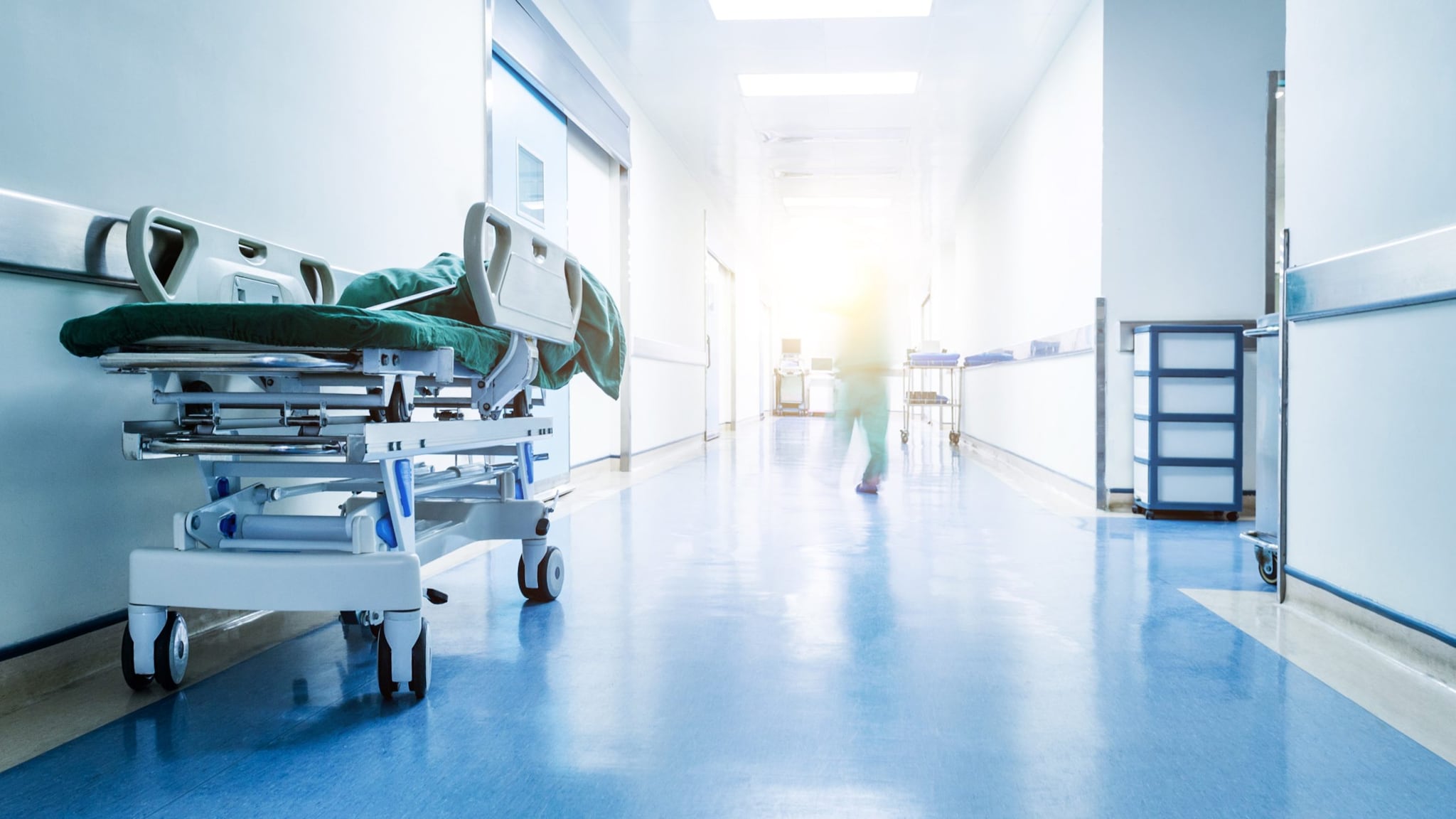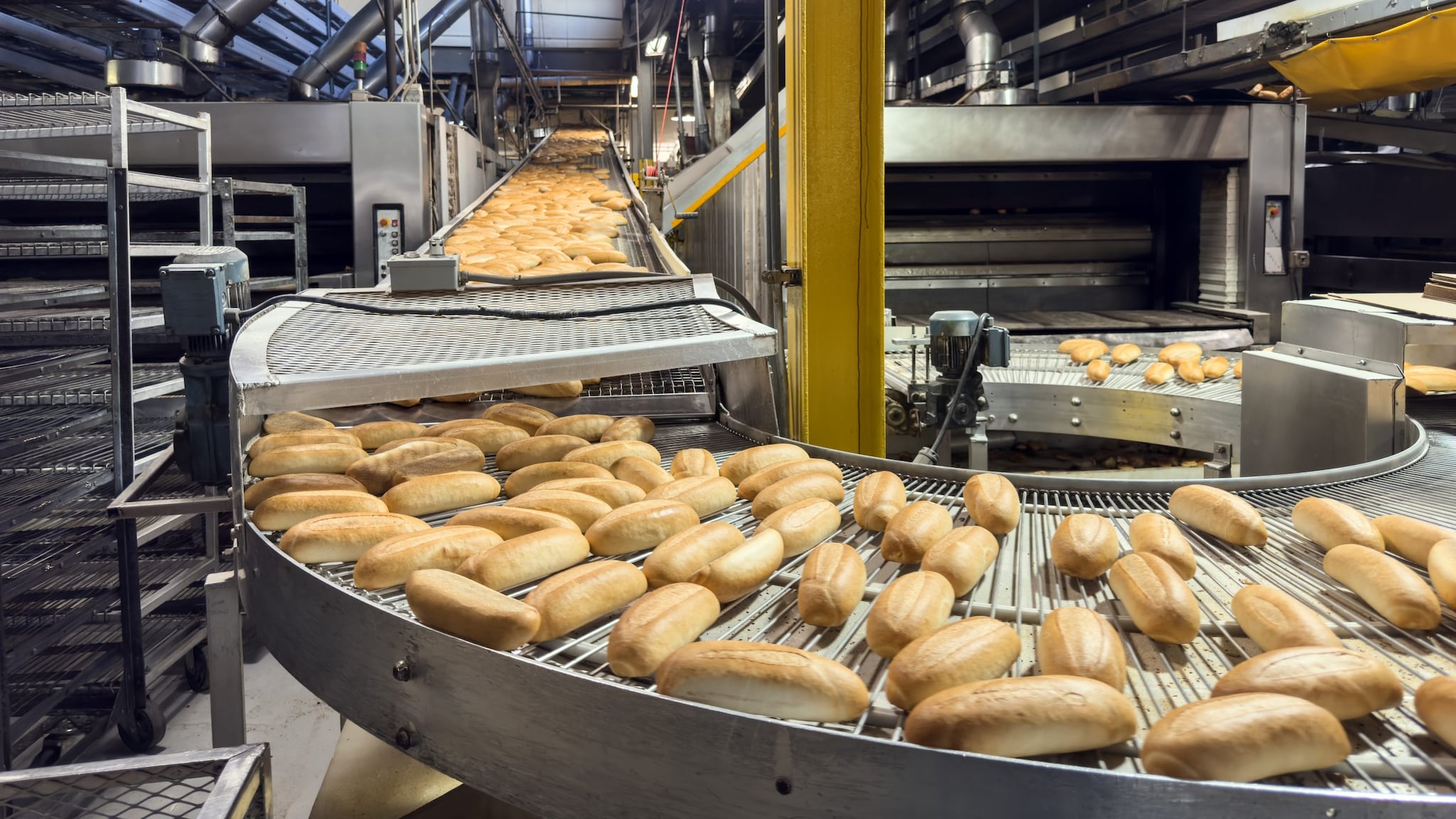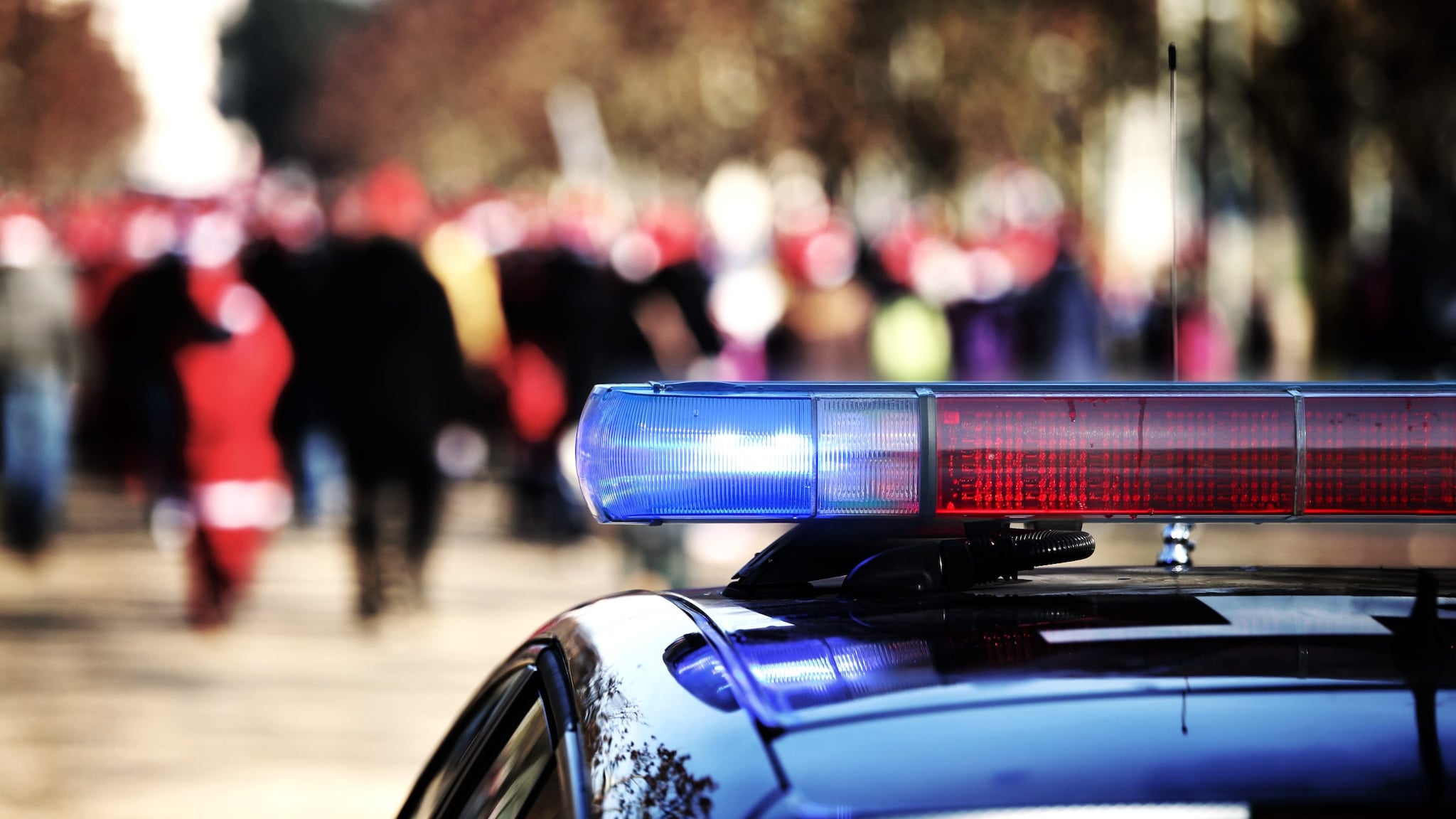Key points
- Surveillance is vital for preventing occupational hearing loss.
- The NIOSH Occupational Hearing Loss Surveillance Program collects worker audiograms and analyzes a range of data sources to generate statistics.
- Hearing loss and noise exposure are common among workers. View statistics by industry below.

Surveillance
Surveillance is vital to prevent occupational hearing loss.
Using surveillance data, NIOSH identifies high risk groups, guides prevention and research efforts, and evaluates the success or failure of interventions. Without surveillance data, researchers cannot measure progress in hearing loss prevention or the need for improvement in prevention efforts.
Occupational hearing loss surveillance:
- Collects and analyzes worker hearing data and exposure data.
- Estimates how many workers are exposed to hearing hazards, have hearing loss, or have a health issue related to hearing loss.
- Determines which industries and occupations are most at risk for hearing loss and related health issues.
- Monitors trends over time.
Occupational hearing loss statistics
View hearing loss statistics by industry. Statistics for tinnitus, occupational noise exposure and hearing protection non-use among the exposed are also provided.
NIOSH program
NIOSH Occupational Hearing Loss Surveillance Program
In 2009, NIOSH established the Occupational Hearing Loss Surveillance Program. Through partnerships with audiometric (hearing test) service providers and others, the program collects de-identified worker audiograms.
The program has collected millions of audiograms from thousands of workplaces across the United States while protecting worker identities, companies and data providers (our partners).
The program uses the North American Industry Classification System (NAICS) to classify the industry associated with each audiogram. It has partnered with the United States Air Force (USAF) to study data related to hearing loss among military occupations and exposure to noise and chemicals on the job. Millions of USAF audiograms have been collected thus far. The program also analyzes other data sources to conduct occupational hearing loss surveillance and research.
See related publications and data. Please contact us with any questions.









